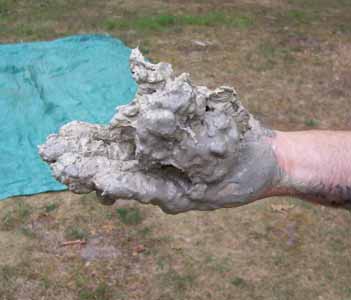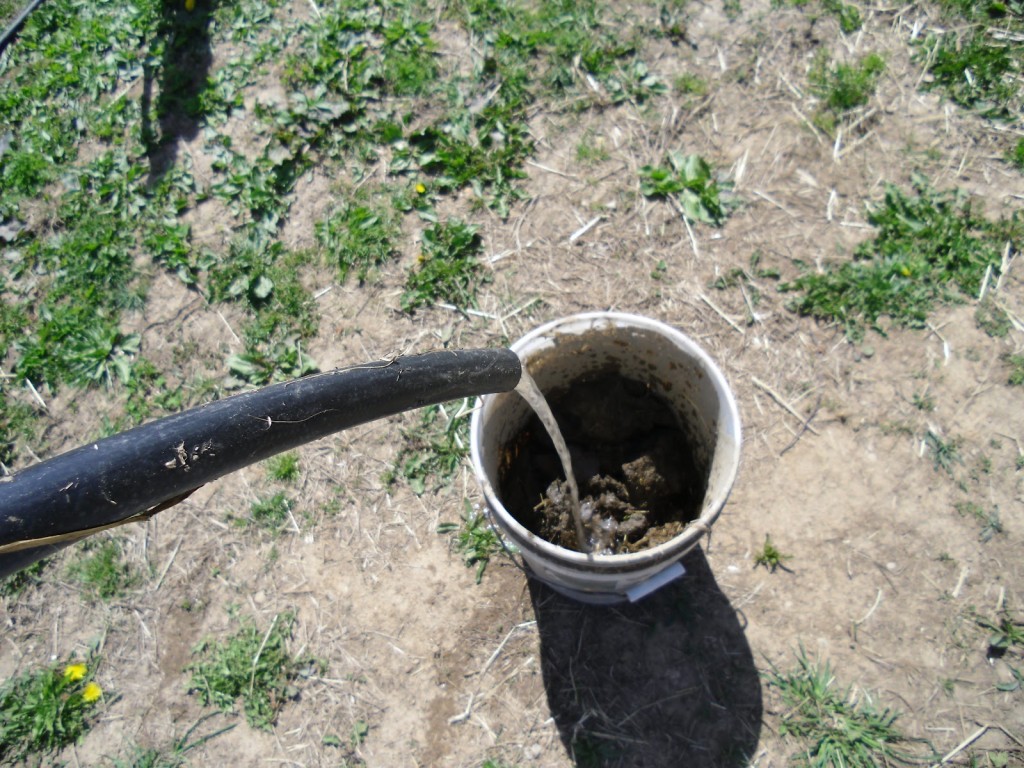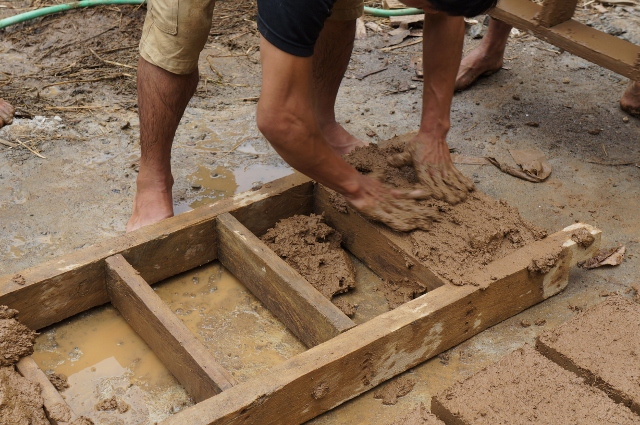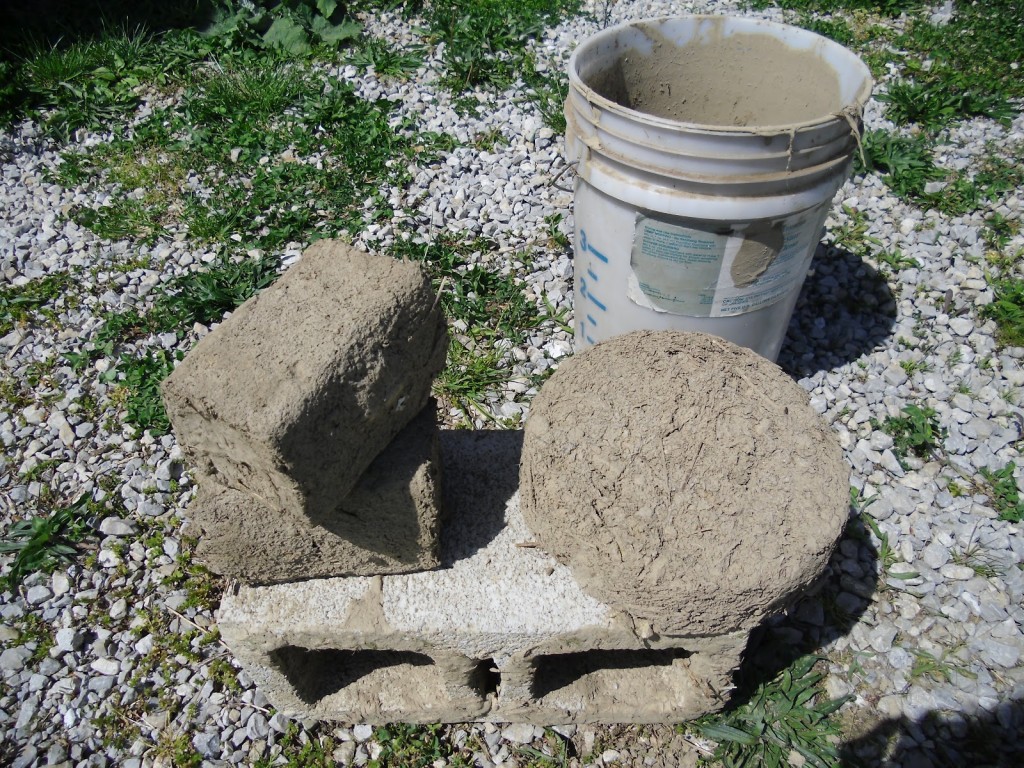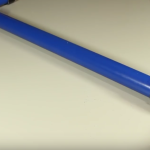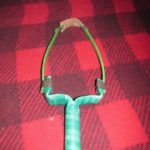Gathering and Preparing Ingredients
The trick to creating good survival cement is to use quality ingredients. In this case, it is clay and dried grass. Most dirt has some amount of clay inside, and you want to have a high concentration of clay in order to make firm cement that is resistant to cracking. Pick, break or sift off dirt particles around the clay and separate them. How much clay you will need depends on the scale of your project.
Good quality grass is also essential. Look for healthy stalks that are between six and 12 inches long. Grab them by the bunch-load because you will need about a 50/50 mix of grass and clay in the cement mixture for most applications. Set the grass aside in a place where they can dry, loosely spreading the blades to maximize evaporation.
Grass acts as the rebar in the cement, giving it additional strength. Use a little bit more grass if you will be making cement bricks, and less if you are using it for mortar or to fill cracks. That way, the cement will be strong when you need it, and pliable enough when necessary as well.
Making the Cement
Put your clay into a large bucket and slowly add water. Mix thoroughly with your hands until it gets to the consistency of wet dough. It shouldn’t drip off of your fingers, but it shouldn’t be very sticky either. You should be able to work it into a ball that retains its shape while not leaving any chunks of residue on your hands. If you need to make it thicker, add some more clay. If you need to thin out the mixture, add some more water. Add the grass as needed and thoroughly mix together.
The cement should be used immediately after preparation to ensure the ingredients in the mixture don’t separate or begin to evaporate. Most people prefer to form blocks or bricks beforehand to make it easier to apply. The easiest way to do this is to lay out a tarp and place the cement on one side before folding the other side of the tarp on top of the mix. Press down on the tarp with a heavy object or your feet until it reaches the desired level of thickness.
You can adjust with your hands and/or repeat the process as necessary until you get the result that you are looking for. You can also form smaller pieces with your hands, but it is recommended that you wear gloves to avoid getting pricked and poked with pieces of straw. The amount of time the concrete takes to dry will depend on its moisture content, the weather and type of clay that is used.
More Articles From This SIte
Pages:
- 1
- 2


